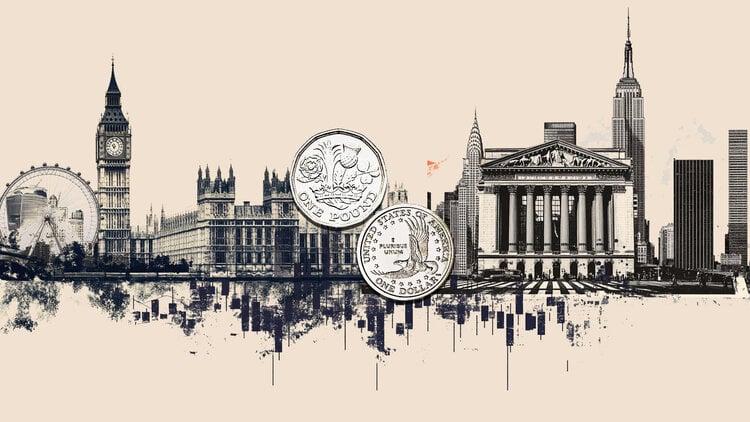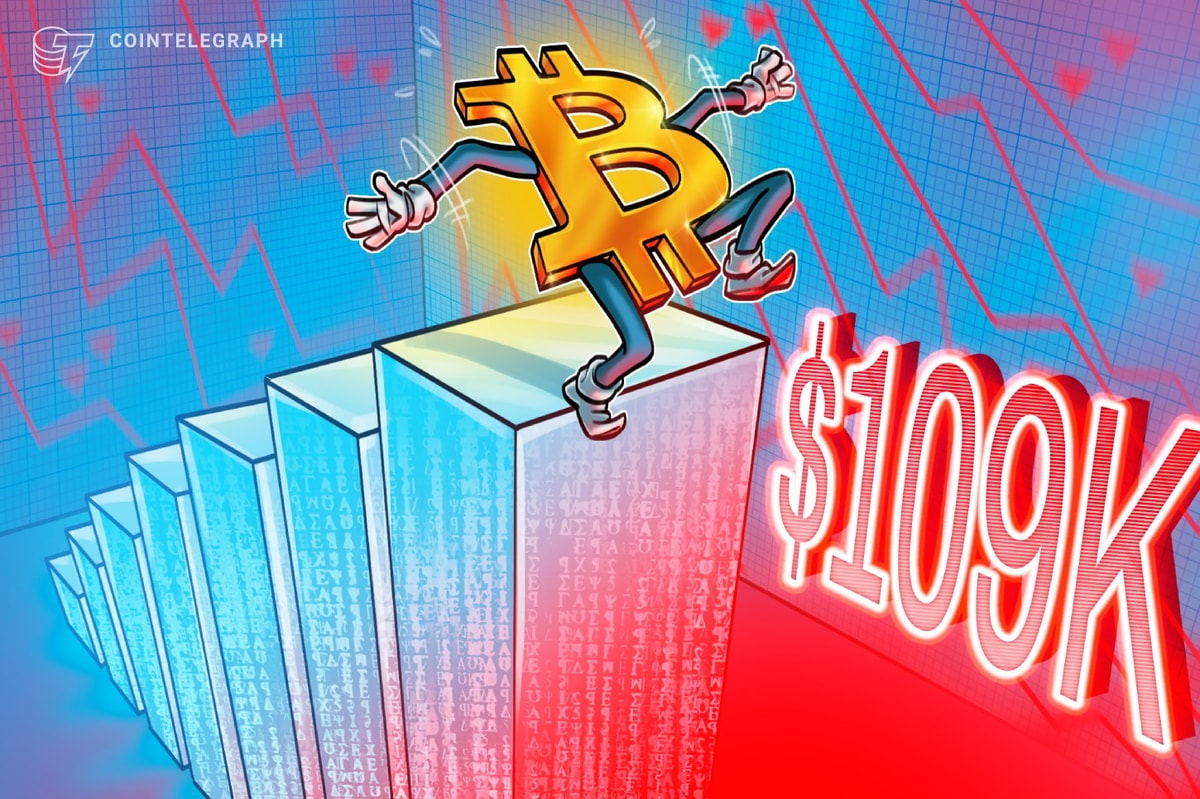Pound Sterling consolidates against US Dollar at the start of UK-US inflation week

The Pound Sterling (GBP) trades flat around 1.3425 against the US Dollar (USD) during the European trading session on Monday. The GBP/USD pair struggles for a direction, while the US Dollar (USD) stabilizes on easing trade frictions between the United States (US) and China.
During the press time, the US Dollar Index (DXY), which tracks the Greenback’s value against six major currencies, ticks down to near 98.45. However, the US Dollar holds Friday’s recovery move, which came following comments from US President Donald Trump that additional 100% tariffs on imports from China won’t be sustainable.
Over the weekend, US President Trump said in an interview with Fox Business that high tariffs were “not sustainable though it could stand”. He further expressed that Washington intends good relationship with China, and is set to meet Chinese leader Xi Jinping later this month at the Asia-Pacific Economic Cooperation meeting in South Korea. “I think we’re going to be fine with China, but we have to have a fair deal. It’s got to be fair,” Trump said, Bloomberg reported.
Before the Trump-Xi meeting later this month, investors will focus on meeting between US Treasury Secretary Scott Bessent and Chinese Vice Premier He Lifeng, scheduled later this week in Malaysia. Negotiators from both nations are expected to discuss on export controls announced by Beijing on rare earth mineral, which prompted trade frictions.
Daily digest market movers: Pound Sterling trades lower against its peers
- The Pound Sterling underperforms its major peers at the start of the week. The British currency faces pressure as investors turn cautious ahead of the United Kingdom (UK) Consumer Price Index (CPI) data for September, which will be released on Wednesday.
- Investors will closely monitor the UK inflation data to get cues about whether the Bank of England (BoE) will cut interest rates again in the remaining year. The inflation report is expected to show that the core CPI – which excludes the volatile components of food, energy, alcohol and tobacco – rose at a faster pace of 3.7% on an annualized basis against the prior release of 3.6%.
- In the September policy meeting, the BoE anticipated that inflationary pressures would have been peaked around 4%.
- Signs of price pressures growing at a faster pace would be a drag on expectations supporting more interest rate cuts by the BoE this year. On the contrary, soft numbers would boost the same.
- Last week, the confidence of traders that the BoE will cut borrowing rates again this year increased after the release of the UK labor market data for three months ending August, which showed slowdown in wage growth and a further increase in the jobless rate.
- In the US, traders remain confident that the Federal Reserve (Fed) will cut interest rates at least 50 bps in the remaining year. According to the CME FedWatch tool, traders have almost priced in atleast 50-basis-points (bps) reduction in interest rates in the remaining year and see a 4.8% chance that the Fed could cut borrowing rates by 75 bps.
- This week, investors will focus on the delayed US CPI data for September, which will be released on Friday.
Technical Analysis: Pound Sterling wobbles around 1.3425
-1760945888810-1760945888813.png&w=1536&q=95)
The Pound Sterling trades in a tight range around 1.3425 against the US Dollar on Monday. The GBP/USD pair strives to return above the 20-day Exponential Moving Average (EMA), which trades around 1.3423.
The 14-day Relative Strength Index (RSI) oscillates inside the 40.00-60.00 range, which indicates a sideways trend.
Looking down, the August 1 low of 1.3140 will act as a key support zone. On the upside, the psychological level of 1.3500 will act as a key barrier.
Pound Sterling FAQs
The Pound Sterling (GBP) is the oldest currency in the world (886 AD) and the official currency of the United Kingdom. It is the fourth most traded unit for foreign exchange (FX) in the world, accounting for 12% of all transactions, averaging $630 billion a day, according to 2022 data.
Its key trading pairs are GBP/USD, also known as ‘Cable’, which accounts for 11% of FX, GBP/JPY, or the ‘Dragon’ as it is known by traders (3%), and EUR/GBP (2%). The Pound Sterling is issued by the Bank of England (BoE).
The single most important factor influencing the value of the Pound Sterling is monetary policy decided by the Bank of England. The BoE bases its decisions on whether it has achieved its primary goal of “price stability” – a steady inflation rate of around 2%. Its primary tool for achieving this is the adjustment of interest rates.
When inflation is too high, the BoE will try to rein it in by raising interest rates, making it more expensive for people and businesses to access credit. This is generally positive for GBP, as higher interest rates make the UK a more attractive place for global investors to park their money.
When inflation falls too low it is a sign economic growth is slowing. In this scenario, the BoE will consider lowering interest rates to cheapen credit so businesses will borrow more to invest in growth-generating projects.
Data releases gauge the health of the economy and can impact the value of the Pound Sterling. Indicators such as GDP, Manufacturing and Services PMIs, and employment can all influence the direction of the GBP.
A strong economy is good for Sterling. Not only does it attract more foreign investment but it may encourage the BoE to put up interest rates, which will directly strengthen GBP. Otherwise, if economic data is weak, the Pound Sterling is likely to fall.
Another significant data release for the Pound Sterling is the Trade Balance. This indicator measures the difference between what a country earns from its exports and what it spends on imports over a given period.
If a country produces highly sought-after exports, its currency will benefit purely from the extra demand created from foreign buyers seeking to purchase these goods. Therefore, a positive net Trade Balance strengthens a currency and vice versa for a negative balance.





